A woman’s touch: will Melinda Gates do philanthropy differently?
The high-profile divorce could shift the dial on philanthropy, unlock billions for dispersal to new causes around the world.
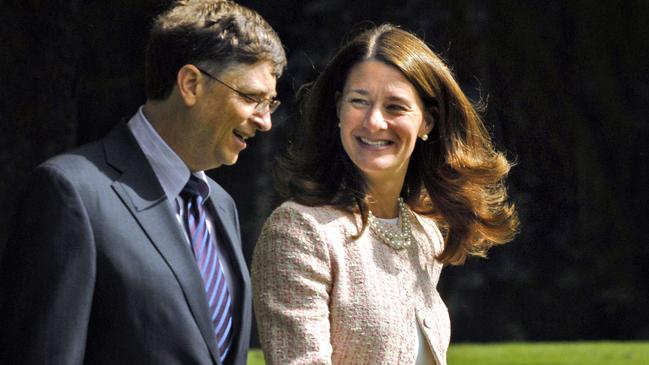
When Forbes published its list of top US philanthropists earlier this year, there was special mention of an outstanding newcomer, MacKenzie Scott, ex-wife of Amazon founder Jeff Bezos, cashed up after a divorce settlement now worth about $US62bn ($80bn).
Bezos didn’t figure on the Top 25 list, but Scott was No 6, having distributed about $US5.83bn since the 2019 split.
Just as interesting was where Scott put her money: almost 500 organisations focused on economic, social, racial and gender inequality, a funding model based on developing community-level political movements.
The question now is whether another high-profile divorce — that of Bill and Melinda Gates — will unlock more billions for dispersal to new causes by a woman who did not originally make the money but now will be free to give it away as she chooses.
At the least, it’s likely that the female influence in global philanthropy has been given a big boost by the Gateses’ separation announced this week.
Will Melinda Gates, as Australia’s Judith Neilson did after her 2015 divorce from financier Kerr Neilson, embark on an independent philanthropic venture of her own? On Wednesday night, Judith Neilson was at the sparkling opening of the Sydney centre she has built to house her Judith Neilson Institute for Journalism and Ideas, to which she has allocated a cool $100m of her fortune. Would Kerr Neilson, who made billions from funds management have done the same?
MacKenzie Scott’s decisions don’t suit everyone. Scott Walter, chief executive of Capital Research Centre, a conservative Washington think tank that tracks and investigates large charities, says she has “gone down the wacky left-wing path”.
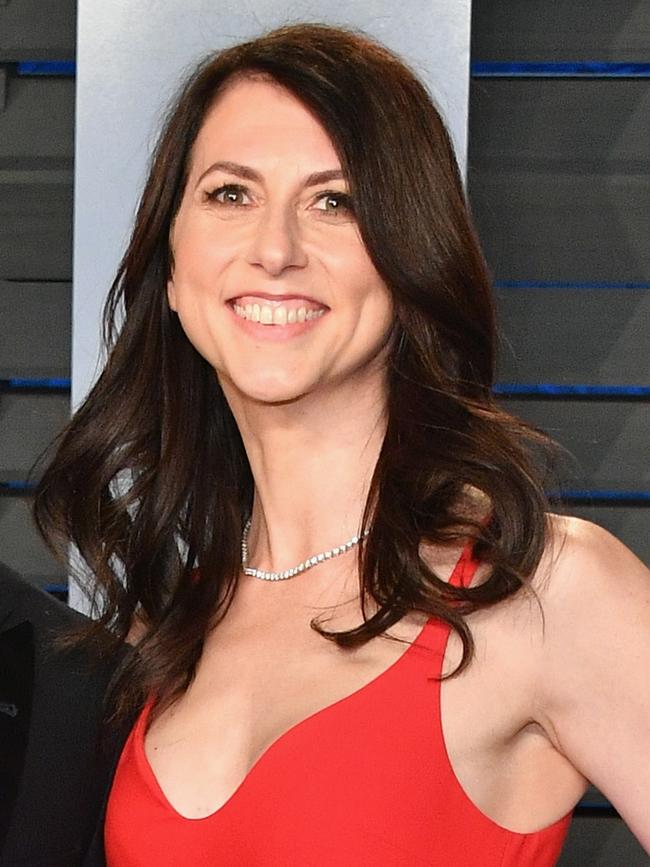
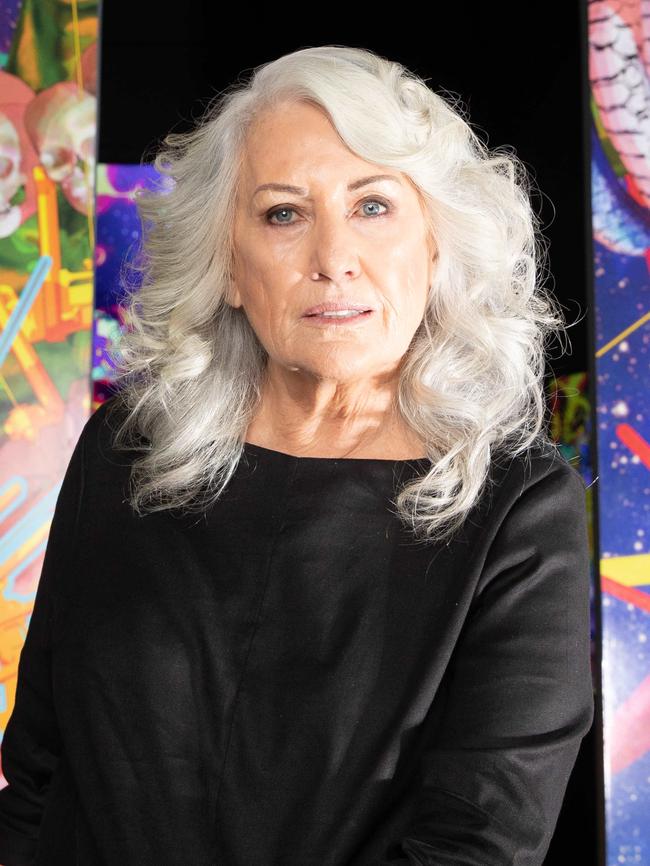
But the Gateses have kept their Bill and Melinda Gates Foundation relatively apolitical, although they clearly have different favourite causes. The Gateses say they will continue to run the $US50bn behemoth jointly but Walter suggests it could split in half “in a decade or so”.
Until the announcement of the separation, it was expected the bulk of Bill Gates’s remaining $US130bn fortune would end up in the foundation, which employs about 1500 staff.
Walter says: “The split could well mean less money going to philanthropy because Bill especially may no longer entirely trust it. Perhaps it already has become more like two foundations. His camp and her camp. You speak to grantees there and already they will note that he really likes this or she really likes that.”
The foundation’s apolitical stance contrasts to the Ford and Rockefeller foundations, which, despite their founders’ conservative beliefs, tend to support more progressive causes.
Lawson Bader, president and chief executive of DonorsTrust, which itself has granted more than $US1.1bn to 1900 charities, says there is a lot riding on the future of the Gates foundation, set up in 2000 and the largest private foundation in the world.
It distributes about $US5bn a year, mainly in the fields of education, health, poverty, climate change. The Gateses were No 2 on that Forbes list with a lifetime giving of almost $US30bn.
The duo has had as much impact on philanthropy as Bill Gates had on computing, having also created the Giving Pledge — with fellow billionaire Warren Buffett, who was No 1 on the Forbes list at $US42.8bn — to encourage the world’s richest people to give away the bulk of their fortunes before they die.
Bader doesn’t expect the Gateses’ divorce to change much initially, “because of how large their foundation is and how many assets they have and where it’s been heading. But Melinda may well create a separate foundation of her own.”
In keeping with the Giving Pledge, which has signed up more than 40 billionaires, their foundation hands out well above the statutory minimum of 5 per cent of capital each year.
“The Gates have taken a novel approach to spend a lot now,” says Bader. “I suspect the children will play a future role but there won’t be a sense of perpetuity as there is with other foundations.”
The Gates’s three adult children, who are aged 18, 21 and 25, are expected to inherit only a small fraction of their parents’ fortune.
Maybe that’s a good thing, Walter suggests. “All things given enough time go badly,” he says. “That is especially true of philanthropy, it’s very hard to maintain high-quality giving over decades and centuries.”
Whether or not newly independent female philanthropists take new directions, charitable giving in the US is set to explode.
It already sits at about 2 per cent of gross domestic product, the highest of any country, but the intergenerational transfer of wealth that is about to begin will boost that considerably.
As the first cohort of the richest — and biggest — generation in history dies, the flow of money into charitable foundations will become a torrent. “The wealth transfer is going to be staggering,” Walter says. “There are arguments in philanthropy about how many trillions of dollars it will be.”
Foundations will proliferate too, encouraged by significant tax advantages, which a Biden administration intent on lifting taxes may make even more appealing. Giving stock and bonds to a charitable trust not only avoids capital gains tax on the sale of those shares, but also attracts a charitable tax deduction upfront.


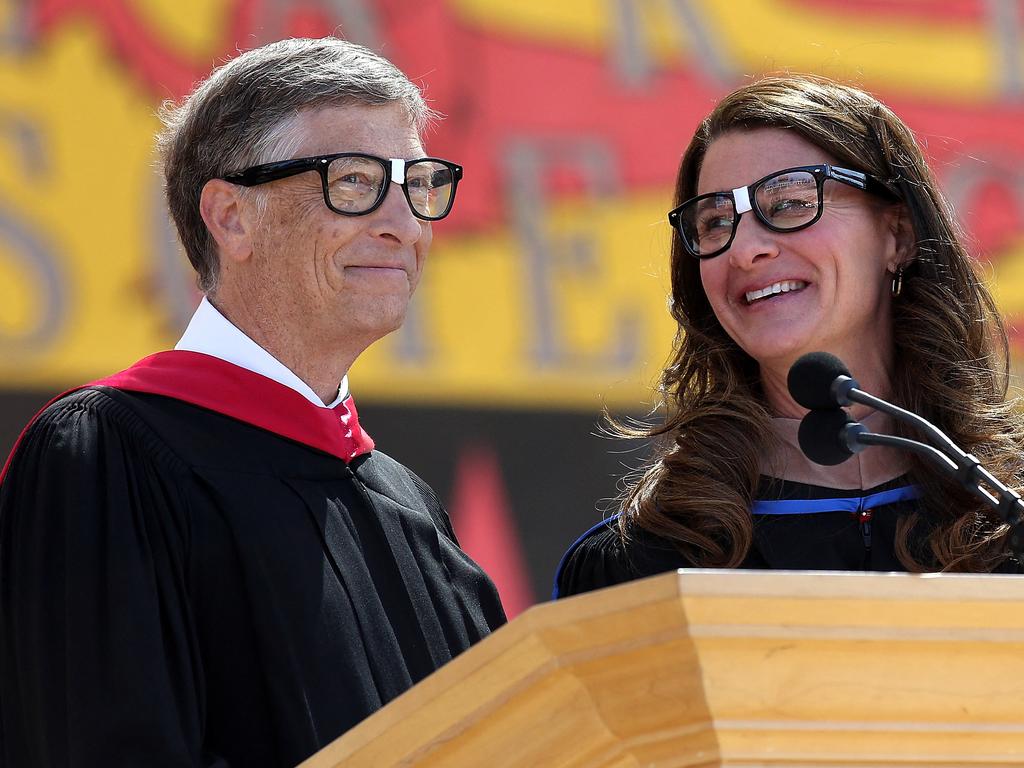
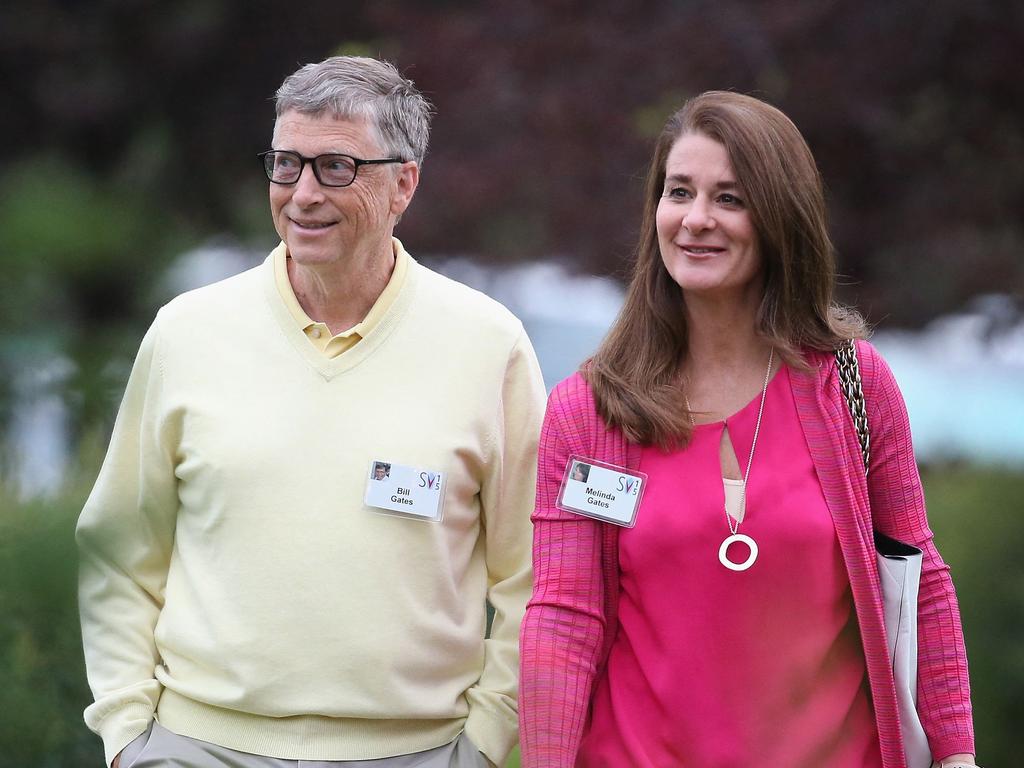

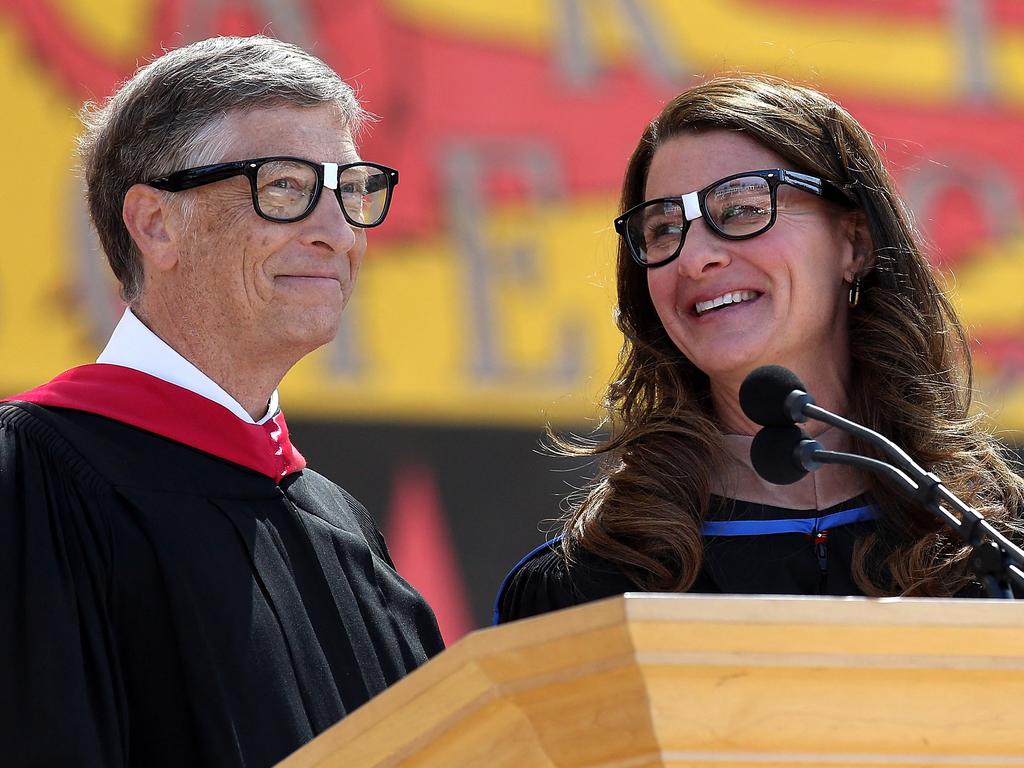


To join the conversation, please log in. Don't have an account? Register
Join the conversation, you are commenting as Logout